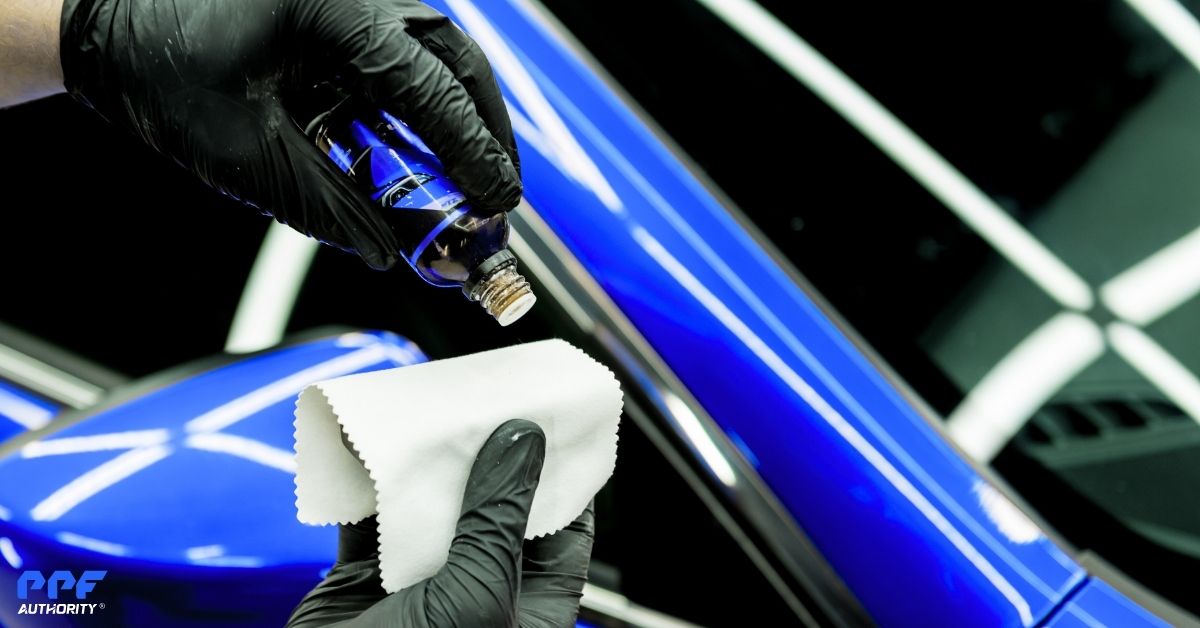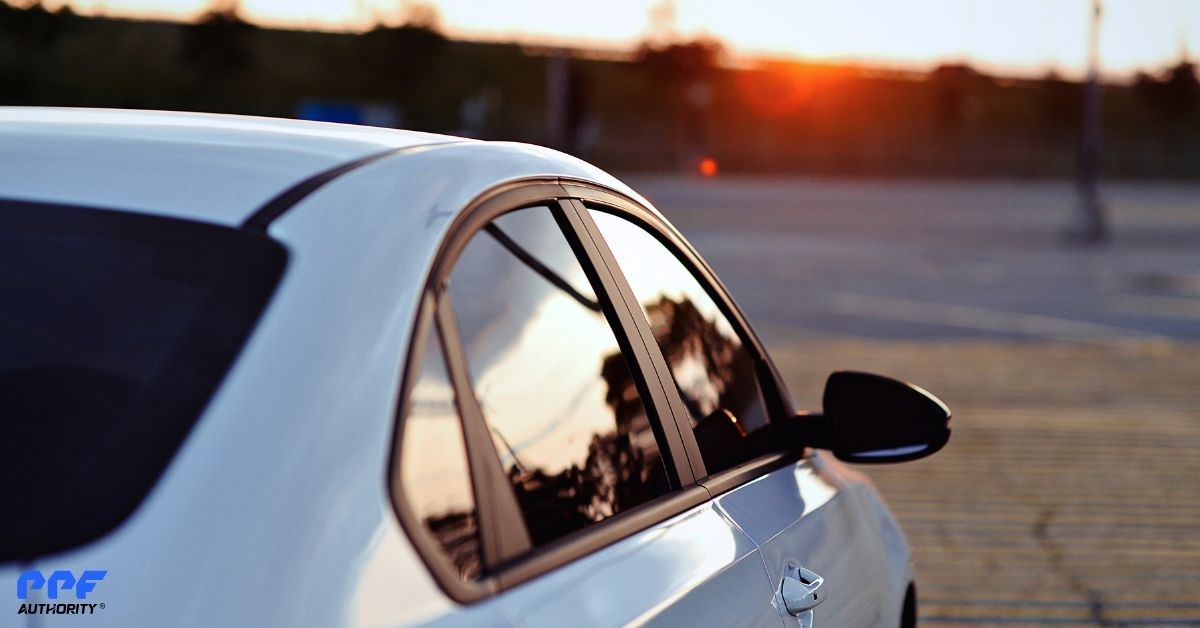Ceramic coatings have become a cornerstone of modern automotive care, offering unparalleled protection and aesthetic enhancement for car paint. Among their many benefits, one of the most valuable features is their chemical resistance. This property ensures that your car’s paint remains shielded from harmful contaminants and environmental hazards that can cause permanent damage.
In this article, we’ll explore how ceramic coatings provide chemical resistance, the types of threats they protect against, and why this feature is essential for preserving your car’s paint.
How Do Ceramic Coatings Provide Chemical Resistance?
The chemical resistance of ceramic coatings stems from their advanced composition, primarily silicon dioxide (SiO₂) and sometimes titanium dioxide (TiO₂). These compounds form a strong, chemical bond with the car’s paint, creating a thin but incredibly durable layer that repels harmful substances.
Key Factors Contributing to Chemical Resistance
- Inert Surface – Ceramic coatings are chemically stable and non-reactive, meaning they do not break down or degrade when exposed to acidic or alkaline substances.
- Hydrophobic Layer – The coating’s hydrophobic properties repel liquid contaminants, preventing them from bonding to the paint.
- Hard Protective Layer – The nano-ceramic structure creates a barrier that resists penetration by harsh chemicals and pollutants.
This combination ensures your car’s paint remains protected, even in challenging conditions.
Threats That Ceramic Coatings Protect Against
1. Bird Droppings
Bird droppings are highly acidic and can etch into the paint if not removed quickly. Left untreated, they can cause permanent damage.
- How Ceramic Coating Helps: The coating resists the acids in bird droppings, giving you more time to clean them off before they can harm the paint.
2. Tree Sap
Tree sap can harden on a car’s surface, making it difficult to remove without damaging the paint.
- How Ceramic Coating Helps: The smooth, non-stick surface of the coating prevents sap from bonding tightly to the paint, making it easier to clean.
3. Bug Splatter
Bug residue contains enzymes and acids that can corrode paint if left untreated.
- How Ceramic Coating Helps: The chemical-resistant layer prevents these acids from penetrating the paint, protecting its integrity.
4. Road Salt
In winter, road salt is a common contaminant that can corrode unprotected surfaces, leading to rust and paint damage.
- How Ceramic Coating Helps: The coating acts as a barrier, preventing salt from reacting with the paint and causing corrosion.
5. Harsh Detergents and Cleaning Agents
Some car cleaning products contain abrasive chemicals that can strip waxes, sealants, or even damage the clear coat.
- How Ceramic Coating Helps: Ceramic coatings are resistant to most pH extremes, from acidic to alkaline cleaners, ensuring the paint remains safe during cleaning.
6. UV Rays and Oxidation
While not a chemical, UV radiation accelerates oxidation, which leads to fading and dulling of the paint.
- How Ceramic Coating Helps: The UV-resistant properties of ceramic coatings block harmful rays, preventing oxidation and preserving the car’s original color.
Why Chemical Resistance Is Crucial for Car Owners
- Prevents Permanent Damage
Chemical contaminants like bird droppings and tree sap can cause irreversible damage to your car’s paint. By creating a barrier, ceramic coatings prevent these substances from etching into the paint, preserving its pristine condition. - Reduces Maintenance Costs
Repairing chemically damaged paint can be costly, often requiring paint correction or even repainting. With a ceramic coating, your car is less likely to need these expensive fixes. - Saves Time During Cleaning
Chemical resistance makes it easier to clean contaminants off your car, as they don’t bond tightly to the coating. This means less scrubbing and reduced risk of scratches during washing. - Long-Term Paint Preservation
By resisting harsh chemicals and pollutants, ceramic coatings prolong the life of your car’s paint, ensuring it remains vibrant and glossy for years.
How to Maximize Chemical Resistance with Ceramic Coatings
1. Wash Regularly
While ceramic coatings resist chemicals, washing your car regularly prevents contaminants from sitting on the surface for extended periods. Use a pH-neutral car shampoo to avoid degrading the coating.
2. Remove Contaminants Promptly
Although the coating offers protection, it’s still important to remove bird droppings, sap, and bug splatter as soon as possible to maintain the coating’s integrity.
3. Avoid Abrasive Cleaners
Stick to cleaning products that are ceramic-safe to avoid stripping away the hydrophobic layer or causing scratches.
4. Use Ceramic Boosters
Periodic application of ceramic spray boosters can help rejuvenate the coating’s hydrophobic and chemical-resistant properties.
Ceramic Coating vs. Traditional Paint Protection
| Feature | Ceramic Coating | Wax | Sealant |
| Chemical Resistance | High—resists acids, sap, and harsh chemicals | Low—easily degraded by chemicals | Moderate—better than wax, but not as durable |
| Durability | 3–7 years with proper care | 1–3 months | 6–12 months |
| Protection Against Etching | Excellent—prevents contaminants from bonding | Minimal protection | Moderate protection |
Ceramic coatings provide a superior, long-lasting solution for chemical resistance compared to traditional waxes and sealants.
Conclusion
The chemical resistance properties of ceramic coatings make them an invaluable investment for car owners who want to protect their vehicle’s paint from harsh contaminants and environmental damage. By forming a durable, non-reactive barrier, ceramic coatings shield your car from the harmful effects of bird droppings, tree sap, road salt, and more, ensuring your paint remains in pristine condition.
For long-term protection and peace of mind, consider professional ceramic coating application and follow proper maintenance practices. With its advanced chemical resistance, your car’s paint will stay protected and look its best for years to come.


